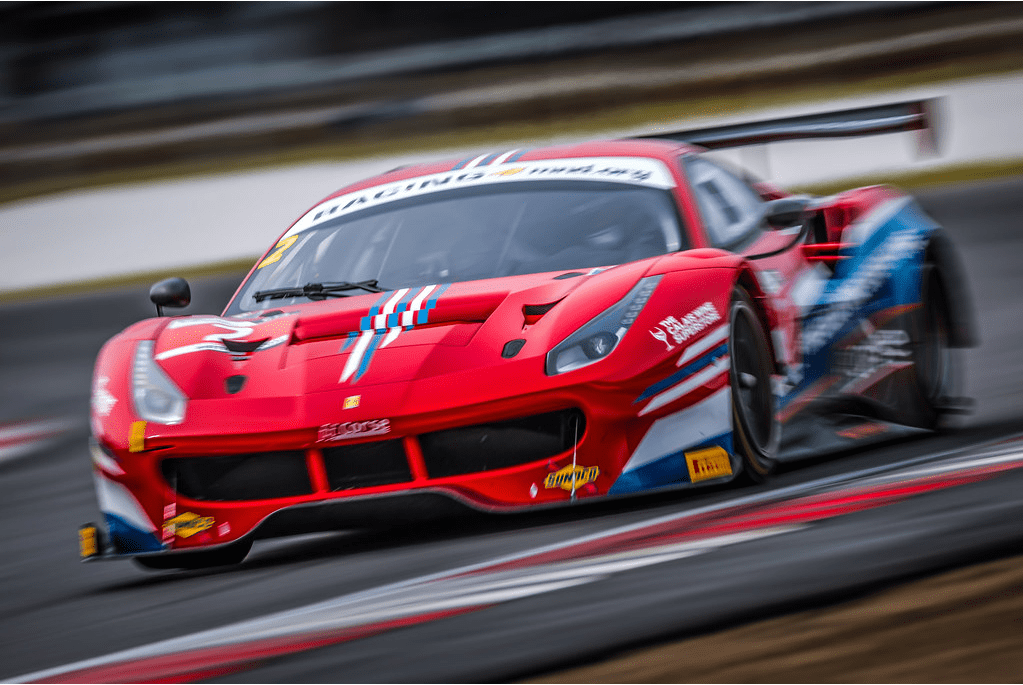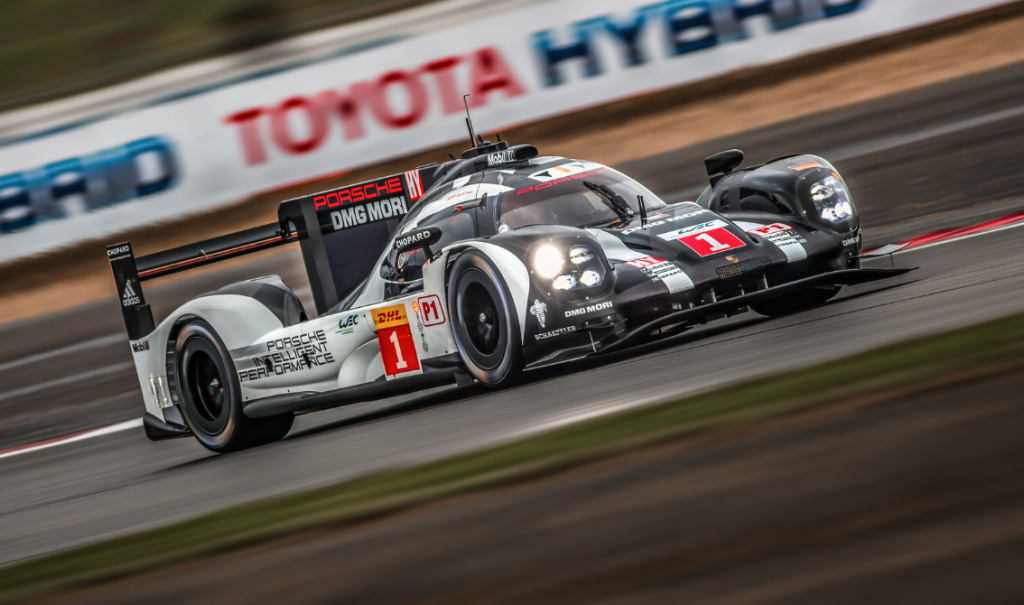How Fast Do Formula 1 Cars Go?
One of the great attractions of Formula 1 cars is speed. For drivers and fans, the breathtaking speed is part of the reason they are constantly drawn to the track. However, have you ever wondered how fast do formula 1 cars go? Let’s spend your time finding the answer with Car From Japan.
Something You Need To Know The
What is the Formula 1?
F1 racing is one of the most attractive and expected tournaments. However, not everyone knows what Formula 1 is. F1 (Formula One) is a speed sport specializing in the highest open-wheel, open-cockpit, or single-seater auto according to the definition of FIA (Fédération Internationale de l’Automobile), the world governing body of motorsport. Formula 1 can be considered the most prestigious and expensive car race in the world.
The first world championship race was held in 1950 and continues to the present. In this race, the teams have tried to create the fastest cars by researching and developing them to maximize performance. Formula 1 is the name used to refer to a series of rules and regulations that racing teams, racing cars, and drivers must follow. There are more than 500 rules applied in Formula 1 racing.

>> Read more: How Much Does A Formula 1 Car Cost? Knowing the Unknown
About Formula 1 vehicles
Some of the rules about the shape and structure of F1 racing cars are as follows:
- An F1 car can have an unlimited length but no more than 200 cm in width and no more than 95 cm in height.
- The vehicle must have 4 wheels installed on the outside of the body, and 2 steering wheels located in the front.
- The chassis must include a safety compartment, including the driver’s cab, which is solidly built and reinforced to protect the racer’s safety.
- The minimum weight that an F1 racing car (including driver and excluding fuel) must achieve is 728kg.
- The number of engines that an F1 car can use in a season is 5 engines.
- As of 2010, race cars will not be refueled during the race. Only fuel and air are put into the cylinders for the engine to run. All other substances or gases such as N2O will be banned from use.
- In addition, F1 racing cars have to go through a lot of tests, especially crash tests, before they can roll on the track.
How Fast Do Formula 1 Cars Go?
Of course, each race car has different fastest speeds, depending on technology and even the racetrack. But in general, all bring excitement and thrill to high-speed races. So exactly how fast do F1 cars go? The maximum speed that F1 cars can record is 370 km/h (230 mph). The speed will vary depending on the location of the races. But normally, the average speed of an F1 car will be 223 km/h (138 mph). However, the fastest speed was recorded hitting a top speed of 397,360 km/h (nearly 247 mph).
This record was set up by a Honda F1 team in 2006. And these cars can accelerate from 0-100km/h in about 2.4 or 2.6 seconds. It can say that Formula 1 vehicles are better than pretty much all other cars in cornering speed because there’s so much more grip and corner speed throughout the slower corners.
With this speed whether F1 vehicles can become the fastest car on the planet. Our answer is “Not really” Because Formula 1 vehicles are not considered the fastest cars in the long shot. But an F1 car still has been dubbed as the fastest car on the race track. Although, as we know, a lot of supercars can achieve speeds of 230 MPH and can even be faster than a Formula 1 car when driving on a straight road, the cornering ability of these supercars is restricted again.
Besides, IndyCar is also racing which achieves some of the fastest top speeds in motorsport, up to 380km/h. Although IndyCar race cars have higher top speeds than Formula 1 machines, IndyCar often loses in speed per lap due to F1’s focus on aerodynamics and downforce which allows F1 cars to move better on the track. However, its optimized design and handling of G-forces and cornering pressure to attack for that qualifying position make it a better vehicle than supercars that only go fast in a straight line.
What Makes The F1 Speed So Fast?

Its engine
The engine is one of the secret recipes that make F1 cars reach high speed. The maximum allowable power of the engine on F1 cars ranges from 875 to 1160 horsepower. On the other hand, the average power level of the engine in the race will be in the range of more than 600 horsepower. The maximum rpm that the engine can reach is 15000 rpm. An F1 car can accelerate from 0 to 160km / h and brake to a stop in less than 5 seconds. All thanks to the extremely powerful engine block and a set of super durable brakes.
The engine of the F1 racing car can fill the cylinder with more than 400L of air per second and consume more than 70L of gasoline for each 100km distance (nearly 10 times more than a commercial car). Possessing incredible power, each engine of an F1 racing car cannot operate more than 7 races. Therefore, during a season, each racing team has to use multiple engines for their car.
>> Related post: 5 of Formula One’s Most Underrated Tracks
Its design
Aerodynamics on F1 cars is extremely important because it has a great influence on the movement of the car. A car with a good aerodynamic design will help that car save fuel and operate more stably.
In addition, the front spoiler is designed to bend gradually to the rear and the curvature decreases to the edges of the spoiler (the edge of the inner wing close to the body has a sharper curvature than the remaining edge of the wing). The purpose is to create a force to press the front of the vehicle down to the road surface, thereby increasing the grip of the front wheels on the road surface, reducing the possibility of losing control when cornering, and helping the vehicle operate more stably.
The brake discs of the F1 racing car are made of composites and reinforced with carbon fiber. This gives the brake discs incredible rigidity and durability. The working temperature of brake discs ranges from 400 to 1200oC (close to the lava temperature).
Hopefully, the information will help you understand more about F1 cars!














